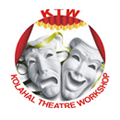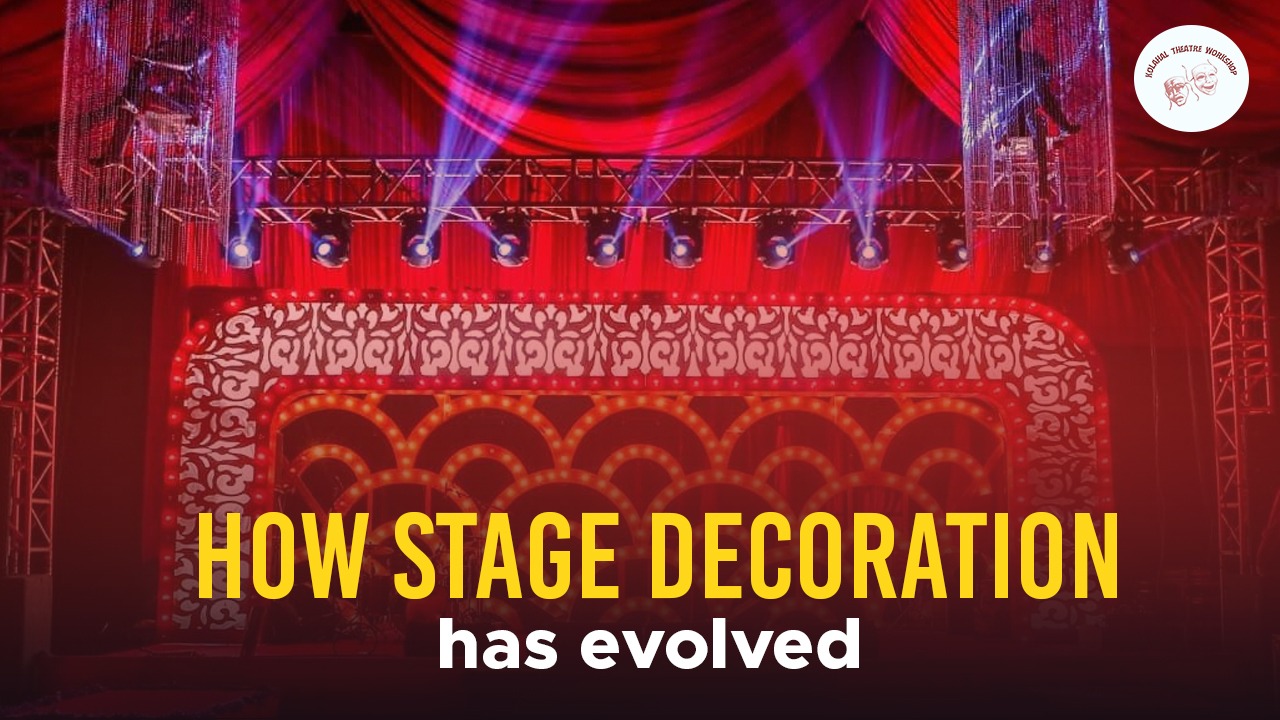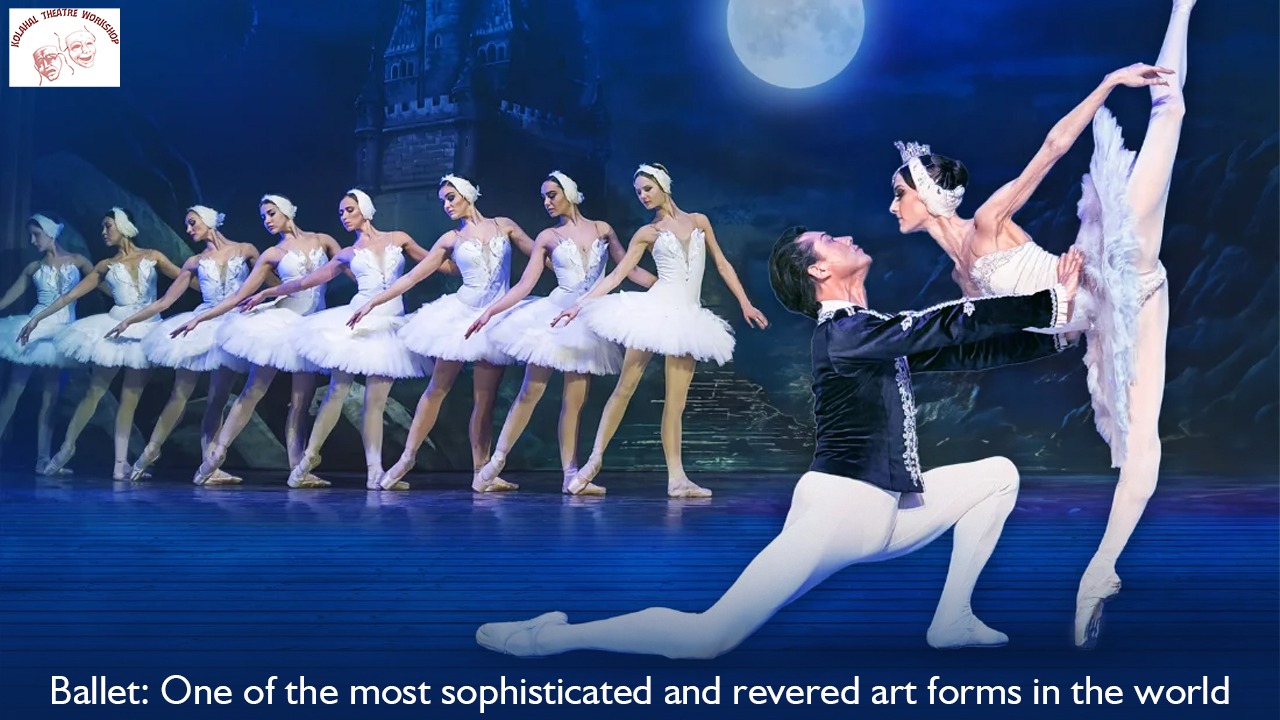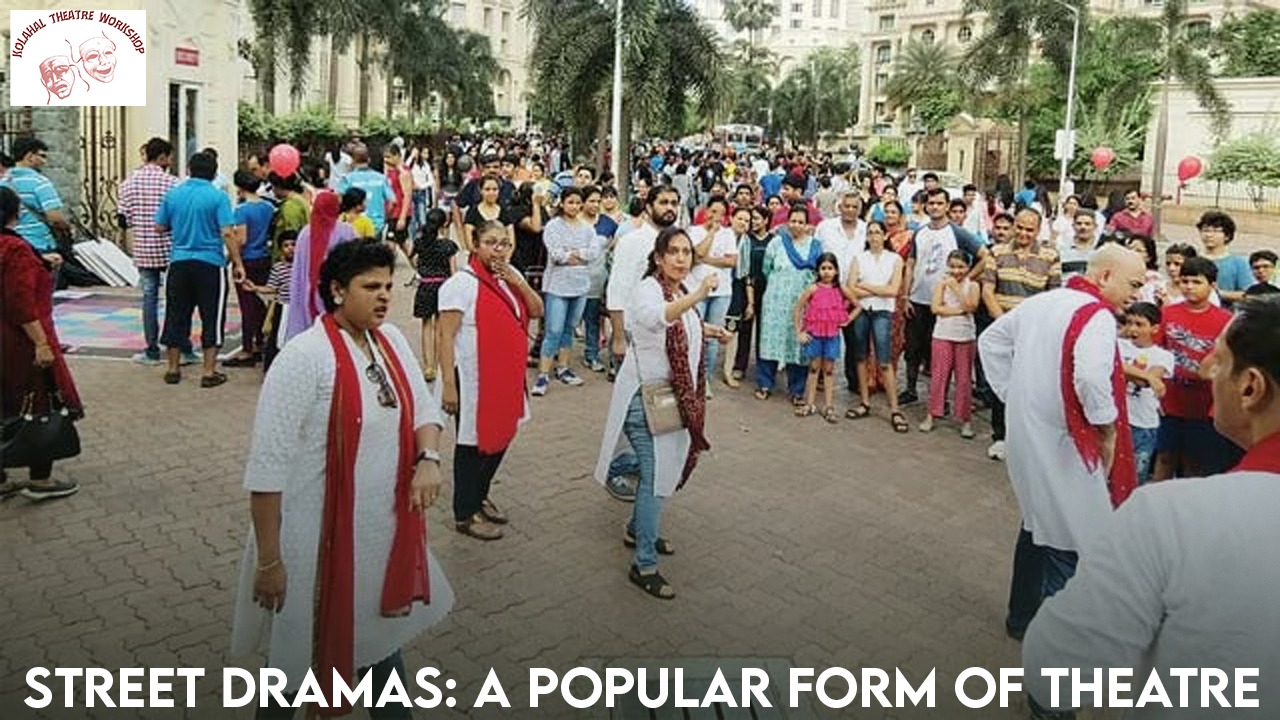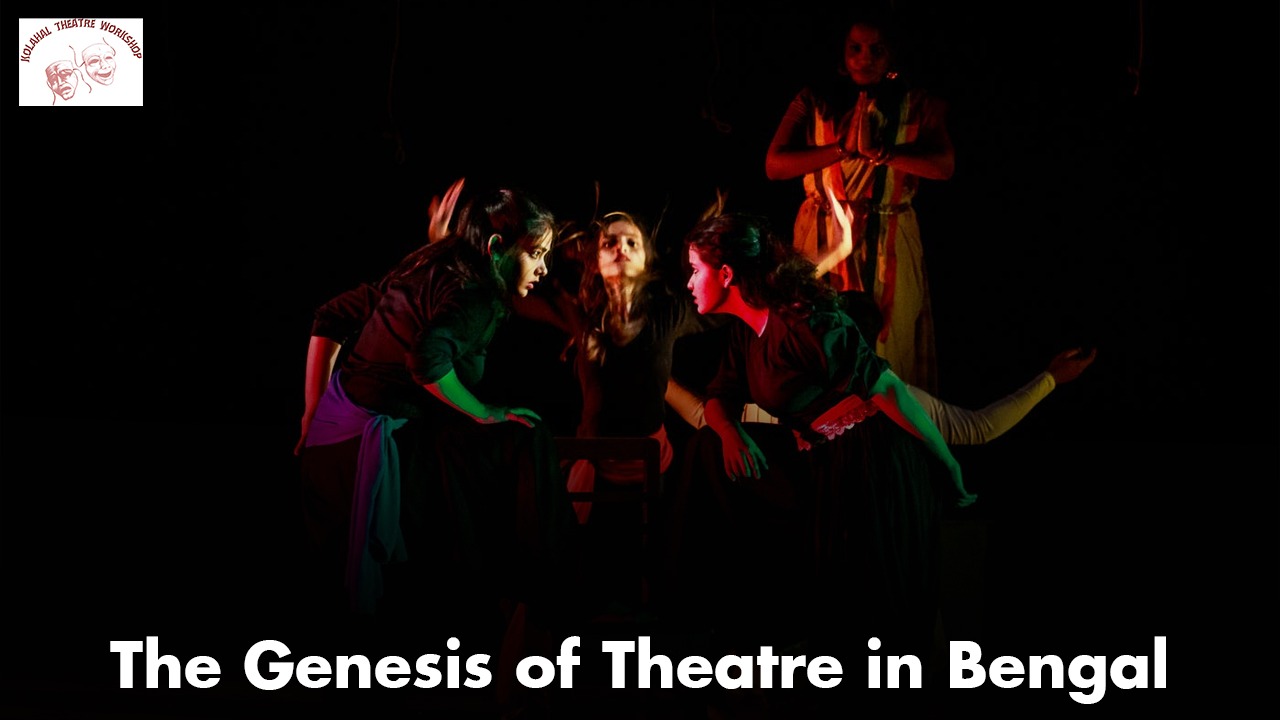HOW STAGE DECORATION HAS EVOLVED? FROM SHAKESPEARE’S TIME TO MODERN PLAYS
Introduction
Stage decoration has evolved significantly from Shakespeare’s time to the present day, reflecting changes in technology, aesthetics, and theatrical conventions. Here is an overview of the key differences between stage decoration in today’s plays and those during Shakespeare’s era:
Stage Decoration in ShakespMinimalist Sets:
Simplicity: The stages in Shakespeare’s time were relatively bare, with few elaborate set pieces. The Globe Theatre, for example, relied heavily on the audience’s imagination to fill in the details.
Props and Symbols: Instead of intricate sets, Shakespeare’s plays used symbolic props and minimal furnishings to suggest locations. A throne might indicate a palace, while a tree branch could represent a forest.
Thrust Stage Design:
Audience Interaction: The stage design in Shakespearean theatres often featured a thrust stage, which extended into the audience. This design facilitated greater interaction between actors and spectators.
Multiple Levels: The stage often had multiple levels and a balcony, which were used creatively to represent different settings, such as Juliet’s balcony in “Romeo and Juliet.”
Natural Lighting:
Open-Air Theatres: Most performances were held in daylight in open-air theatres, relying on natural lighting. This limited the use of dramatic lighting effects.
Candles and Torches: For indoor performances, candles and torches were used, but these offered limited control over lighting.
Costumes and Clothing:
Elaborate Costumes: Despite the minimalistic sets, costumes were often elaborate and richly detailed, helping to convey the status and identity of characters.
Contemporary Dress: Actors typically wore contemporary Elizabethan clothing, even when performing plays set in ancient Rome or other historical periods.
Modern Stage Decoration
- Elaborate and Realistic Sets:
- Detailed Scenery: Modern productions often feature highly detailed and realistic sets that can create immersive environments. Advances in set construction allow for complex and dynamic stage designs.
- Versatile Staging: Sets can be changed quickly between scenes, allowing for more varied and visually engaging productions.
- Proscenium and Black Box Theatres:
- Proscenium Arch: Many modern theatres use a proscenium arch, which frames the stage and separates it from the audience, allowing for more elaborate backdrops and set pieces.
- Black Box Theatres: These flexible spaces can be configured in various ways, providing opportunities for innovative stage designs that break traditional boundaries.
- Advanced Lighting and Special Effects:
- Lighting Design: Modern stage lighting includes spotlights, colored lights, and sophisticated lighting rigs that can create mood, focus attention, and simulate different times of day.
- Special Effects: The use of smoke machines, projections, and digital effects adds to the visual spectacle, creating more dynamic and engaging performances.
- Diverse Costumes and Period Accuracy:
- Historical Accuracy: Modern productions often strive for historical accuracy in costumes, especially in period pieces, though creative reinterpretations are also common.
- Innovative Costume Design: Contemporary designers experiment with materials, technology, and styles to enhance character portrayal and thematic elements.
- Use of Multimedia:
- Projections and Screens: The incorporation of multimedia elements, such as projections and video screens, allows for the portrayal of complex scenes and environments that were impossible in Shakespeare’s time.
- Interactive Elements: Some modern productions include interactive elements that engage the audience in new and innovative ways.
Conclusion
The evolution of stage decoration from Shakespeare’s time to today reflects broader changes in theatrical practice and technology. While Shakespearean theatre relied on minimal sets and the power of imagination, modern theatre leverages advanced technology and detailed design to create immersive experiences. Despite these changes, the essence of storytelling and the power of live performance remain at the heart of both eras.
